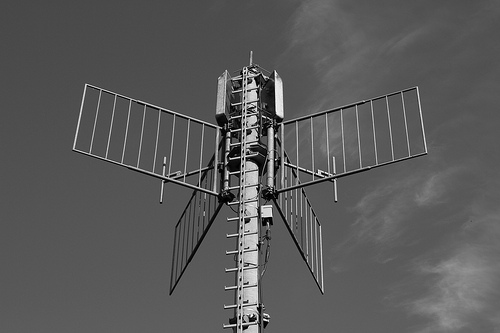UK telecoms regulator Ofcom has taken another step towards enabling consumer devices to make use of white spaces spectrum. This refers to spectrum which is left empty to create gaps or buffers between TV broadcasts to avoid interference between channels. White spaces spectrum is particularly coveted owing to its ability to travel large distances and offer good in-building coverage.
Ofcom has now published detailed proposals for a framework to allow white spaces spectrum to be utilized by consumer wireless devices, and kicked off a fresh consultation on its proposals — which will run until January 10 next year. Ofcom said additional steps next year will involve the EC — with a possible UK launch date “towards” the end of 2013.
The regulator has also confirmed its previously stated preference for white spaces spectrum to be licence-exempt. Doing this will require new legislation, and Ofcom has published an example of how the legislation might look.
In order to ensure white spaces devices do not interfere with other devices that use this spectrum, such as wireless microphones, Ofcom is proposing the following system:
…a white space device will not be able to start transmitting until getting clearance from an online database qualified by Ofcom. This database will provide updated information on where the white spaces are and the power level that devices would need to be restricted to if they wanted to use them.
Here’s how Ofcom describes the steps needed for making white spaces spectrum available next year:
Ofcom will next year notify the European Commission of its proposed technical regulations for white space devices. This will be followed by a ‘standstill’ period of three months for the Commission to inform other Member States and to allow opportunity to comment on Ofcom’s plans. In 2013, Ofcom also plans to finalise the arrangements for databases and the technical parameters needed to ensure that white space devices can operate harmoniously with existing spectrum users. This means that white space technologies could potentially be launched in the UK towards the end of 2013.
Ofcom believes white spaces spectrum could play a key role in spreading the load on mobile networks as data downloads continue to grow. “This could prove critical in averting a global spectrum capacity crunch, as consumers demand more bandwidth over different devices,” noted Ed Richards, Ofcom Chief Executive, in a statement.
The regulator envisages white spaces spectrum could be suitable for the following uses
Enhanced Wi-Fi: The majority of current Wi-Fi devices operate in spectrum at 2.4GHz. White spaces could provide new capacity, while boosting the range of devices, potentially enabling Wi-Fi networks that stretch across towns and cities. This is due to the lower frequency of TV white spaces (typically between 470 MHz and 790 MHz).
Rural broadband: White spaces could be used to provide rural locations with broadband services. In practice, this could be achieved by building a network of transmitters that use white spaces to link remote houses and villages to larger towns that are already connected to the internet.
Machine-to-Machine communications: This relatively new area of innovation allows information to be exchanged between different devices. This could be especially useful for wirelessly measuring utility meters in consumers’ home, for example, or allowing businesses to wirelessly track their inventory.
Earlier this month, a report in the Telegraph suggested Microsoft and Google have expressed “extreme interest” in using white spaces spectrum.
